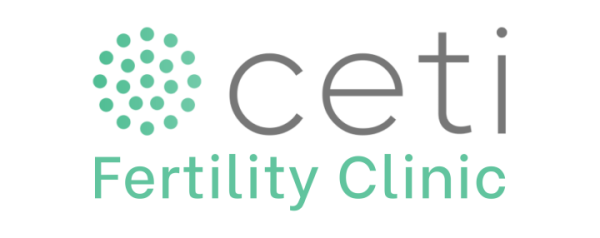
Infertility: Don't give up on being a mother
Infertility can be treated or overcome using medical, surgical or Medically Assisted Reproduction treatments. Find out what each of them is.
The desire to be a mother that a woman has at a certain point in her life is just the beginning of a journey that can sometimes be winding and exhausting. What begins as an act of love can turn into a phase of trial and disappointment.
In Portugal, a study carried out by the Center for the Study and Treatment of Infertility indicates an incidence of the disease of 9 to 10%
Worldwide, it is estimated that infertility affects around 15% of couples of reproductive age and, in Portugal, a study carried out by CETI, the Center for the Study and Treatment of Infertility, called AFRODITE (2009), indicates an incidence of the disease of 9 to 10%. But the numbers only make the journey less lonely. Science, on the other hand, makes it possible to fulfill the dream of becoming a mother.
For 24 years, CETI, the Center for the Study and Treatment of Infertility, has been dedicated to the disease, and is qualified to carry out medical, surgical or Medically Assisted Reproduction treatments.
As embryologists Dr. Ângela Ribeiro and Dr. Beatriz Vieira from CETI argue, “infertility can be treated or overcome using various types of treatments, depending on the type of diagnosis”. And that brings us to the beginning: don’t give up on becoming a mother, since existing techniques for treating infertility are increasingly advanced, allowing more people to have a child.
In Medically Assisted Reproduction (MAP) treatments, there are four techniques: intrauterine insemination (IUI), conventional in vitro fertilization (IVF), intracytoplasmic sperm injection (ICSI) and cryopreserved embryo transfer (TEC).
Intrauterine insemination, the first-line treatment, involves depositing sperm in the upper part of the uterine cavity. Although there are constant advances in the processing of semen samples, which allow the recovery of the best sperm, the probability of success of this technique continues to be lower when compared to other ART techniques.
As second-line treatments, being more invasive but with a greater probability of success, conventional in vitro fertilization and intracytoplasmic sperm injection emerge.
In these two techniques, it is necessary to collect oocytes through a small outpatient surgery under sedation, called ovarian puncture.
However, in conventional in vitro fertilization, fertilization occurs naturally in the incubator, without intervention from a clinical embryologist, whereas intracytoplasmic sperm injection requires technical resources that allow a previously selected sperm to be injected into the oocyte.
In both treatments, after fertilization, the embryos are placed in culture until the day of transfer to the maternal uterus and/or until the day of freezing to be used in a later transfer, cryopreserved embryo transfer (TEC).
“These techniques can be performed using the reproductive cells (gametes) of the individual, or gametes from donors can be used when necessary”, highlight the embryologists at the Center for the Study and Treatment of Infertility, based in Porto.
In Portugal, ART techniques are available not only for couples with infertility, but for all women, regardless of diagnosis, in accordance with Law No. 17/2016.
For its success, embryologists Dr. Ângela Ribeiro and Dr. Beatriz Vieira emphasize, in addition to the commitment of the clinical team, the total involvement of the user is essential so that all decisions are made in a clear and informed manner.
You can read this interview in full on the website of Jornal Observador , to whom we would like to thank for the excellent work presented.
